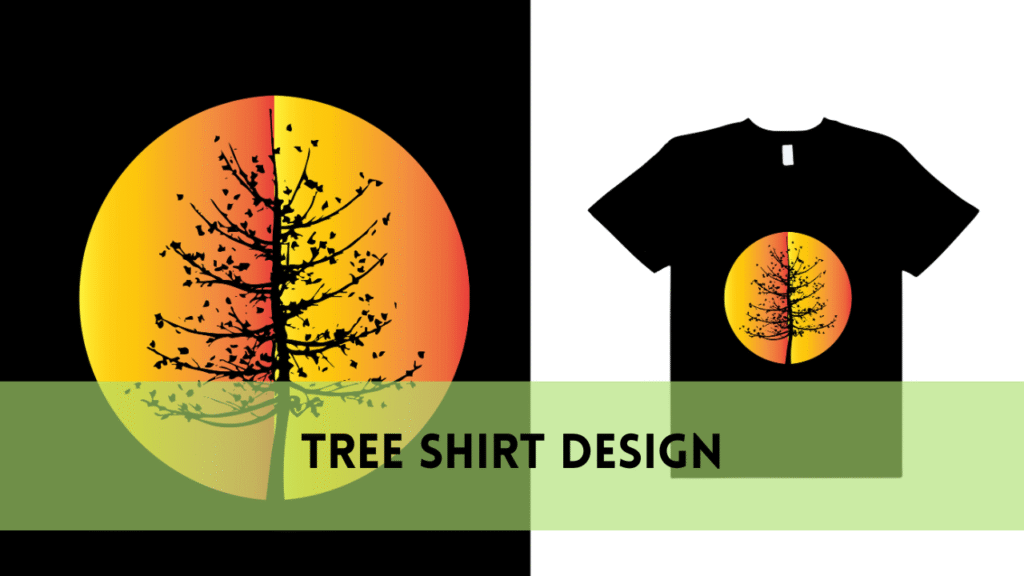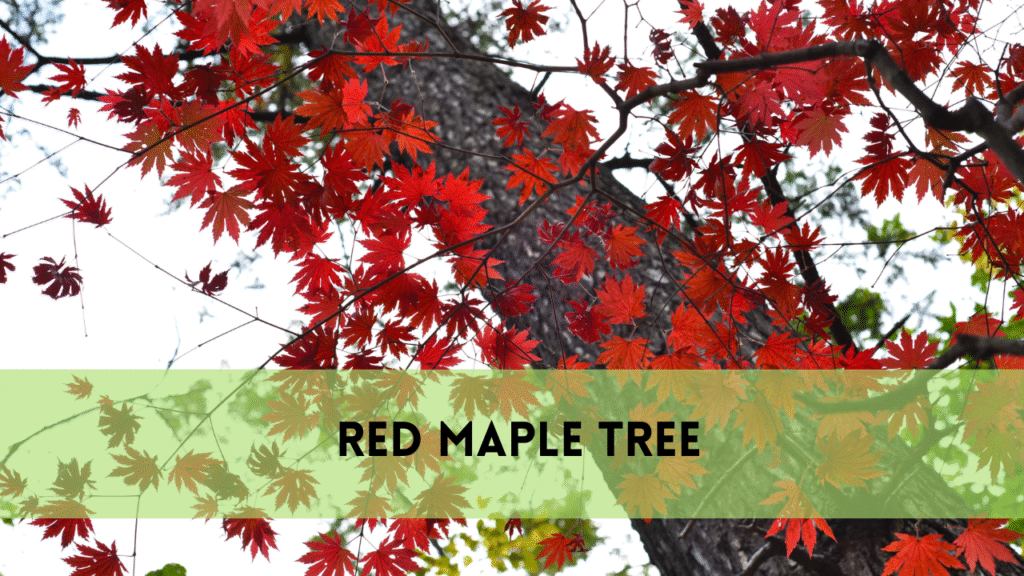Cottonwood trees shed
If you have ever lived in the vicinity of a cottonwood tree, you are most likely acquainted with the confetti-like seeds that fall from it each year. These feathery seeds, carried by the wind, have the potential to make a stunning display. However, have you ever considered, “How long does it take cottonwood trees shed?” This essay will delve into the fascinating world of cottonwood trees, including topics such as the shedding process, the factors that influence it, and the ways in which you may coexist peacefully with these well-known trees.
The Shedding Pattern of the Cottonwood Tree’s Annual Growth
Cottonwood trees are well-known not just for their distinctive leaves but also for the cottony seeds that they produce. To get an understanding of the cottonwood tree’s shedding cycle, one must first do an in-depth analysis of the tree’s annual rhythm:
As the temperatures rise and the number of daylight hours increase, the dormant cottonwood trees begin to emerge from their winter slumber. The first sign that spring has arrived is when fresh, vibrant leaves sprout on the trees. In addition, this time of year is when leaves on trees begin to fall off in preparation for winter.
By the end of April, cottonwood trees will have started to produce the seeds with the characteristic fluffy texture that we are all acquainted with. These seeds are protected by teeny-tiny capsules, and every one of those capsules contains many seeds. The capsules detonate once reaching their full maturation, therefore releasing their payload into the surrounding air.
The cottony seeds are carried away from the parent tree primarily by the wind, which also plays a significant role in the dispersal process. The reproductive strategy of the cottonwood tree is highly dependent on the movement of seeds caused by the wind. It enables the seeds to travel great distances, increasing the likelihood that they will germinate in soil that is suitable for the purpose.
The Phase That may Be Quite a Mess of Cottonwood Trees Shed
When cottonwood trees release their seeds into the environment, the region may often become quite a mess. The fluffy, white seeds have the potential to cover the ground, giving the appearance of a blanket of snow.
Through late spring and into the beginning of summer, cottonwood trees will continue to shed their seeds. However, this is not the end for them since they also produce seeds. During the growing season, cottonwood trees will shed their leaves, especially if they are under stress or are not receiving enough water.
When will the Cottonwood trees shedding end and for how long will it last?
Let’s get to the root of the burning question: “How long do cottonwood trees shed?” After we’ve looked at the annual cycle of cottonwood shedding, let’s get to the bottom of the question: “How often do cottonwood trees shed?”
The amount of time that passes between sheddings is determined by a number of factors, including the age of the tree, the conditions of the weather, and the specific species of cottonwood. The operation is as follows:
Young Cottonwood
Tree seeds are often shed for a shorter amount of time by young cottonwood trees, which is normally between one and two weeks. This is because they have fewer branches and capsules available for seed generation than other types of plants.
Cottonwood Trees Once they reach maturity, cottonwood trees may continue to drop their seeds for a longer period of time, anywhere from two to four weeks. These elder trees lose their leaves over a longer span of time because they have a greater number of branches and capsules.
A significant influence on the shedding process is exerted by environmental factors like the weather. It is possible for the wind to hasten the spread of seeds if it is strong enough. On the other hand, weather that is quiet might make the shedding season last longer. There is a possibility that precipitation and relative humidity will also have an effect on the shedding period.
Cottonwood trees shed their seeds at intervals that range from immediately after pollination to many months later. Some may drop their leaves in the late spring, while others may continue to do so into the summer. If you are familiar with the many species that live in your area, you may be able to anticipate when the shedding process will start.
Cottonwood Management of the Shedding Process
The shedding of cottonwood needles is a natural and essential part of the life cycle of the tree, but it may be an irritation for humans, especially those who suffer from allergies or who prefer to maintain a clean lawn. The following are some suggestions on how to deal with the shedding of cottonwoods:
Regular cleaning: If you have cottonwood trees on your land, you should be prepared to undertake seasonal cleanup. If you do not have cottonwood trees on your property, you may skip this step. Regularly raking or blowing away the seeds and leaves in your yard can help you keep the exterior of your home nice and tidy.
Allergies: In the event that you or a member of your family suffers from allergies, it is important to take additional precautions during the shedding season. Close the windows in your home and look into buying an air purifier if you want to cut down on your allergy symptoms.
When planning the landscape for your house, cottonwood shedding should be one of your considerations. It is not a good idea to place sensitive plants or vegetable gardens in close proximity to these trees. If the shedding becomes too overwhelming, you should think about getting in touch with an arborist or a tree care professional. They could provide guidance on how to best control the shedding, and they might even suggest alternative kinds of trees.
The Graceful Appearance of Cottonwood Trees Shed
Even though cottonwood shedding is just a little irritation, it is essential to acknowledge the stunning beauty and critical role that these trees play in the environment. Cottonwood trees provide a number of benefits, including the following:
- Cottonwood trees provide a number of different animal species with both a vital habitat and food sources. The seeds and leaves provide nourishment for a variety of animals, including birds and squirrels.
- The enormous root systems that these trees have are beneficial in that they help to stabilize riverbanks and prevent erosion.
- The expansive, lush canopy that cottonwood trees provide is attractive and provides shade in both urban and rural settings.
- Cottonwoods, much like other types of trees, help to improve the quality of the air we breathe by absorbing carbon dioxide and exhaling oxygen.
Services:
FAQs
In general, how long does it take for cottonwood trees to drop their needles?
The shedding season lasts for different amounts of time depending on factors such as the age of the tree, the conditions of the weather, and the specific variety of cottonwood. Younger trees often drop their leaves after one to two weeks, whereas older trees typically drop their leaves after two to four weeks.
Are cottonwood seeds and leaves known to cause allergic reactions?
Cottonwood trees produce seeds and leaves that, for some individuals, trigger allergic reactions. It is important to take precautions during the shedding season if you or a member of your family suffers from allergies. These precautions include things like keeping windows closed and using air purifiers within the home.
How can I clean up the mess that cottonwood needles leave behind in my yard when they fall?
It is vital to clean on a regular basis. Remove the seeds and leaves from your outside space by raking or blowing them away. This will help keep the area clean. You might also seek the guidance of an experienced arborist on the best way to handle shedding or other sorts of trees.
What are the benefits that cottonwood trees provide to the surrounding ecosystem?
Cottonwood trees not only provide significant habitat for animals, but also help prevent erosion along riverbanks, give shade and aesthetic value in both urban and rural settings, and contribute to the improvement of air quality by absorbing carbon dioxide and exhaling oxygen.
How can I identify the species of cottonwood that are native to my region?
The leaves and other characteristics of the cottonwood trees in your area might help you determine which species of cottonwood are native there. The assistance of local botanical guides or arborists may prove to be highly useful when attempting to identify species.
Conclusion
Cottonwoods naturally lose their needles in the spring and early summer months, which adds a touch of enchantment to certain times of year. The duration of shedding varies from species to species, as well as depending on the age of the tree and environmental factors. It is imperative that we acknowledge the many benefits that cottonwood trees provide to our environment, despite the fact that those who suffer from allergies may find that they need to do more maintenance and yard work. These well-known trees play an essential part in our ecosystem and serve as a constant reminder of the unending cycle of life that occurs in the natural world. When you next see those fluffy seeds drifting in the air, pause for a moment to reflect on the contribution that the cottonwood tree has made to the health of our ecosystem. It is a beautiful as well as vital part of the natural fabric that surrounds us on all sides.




